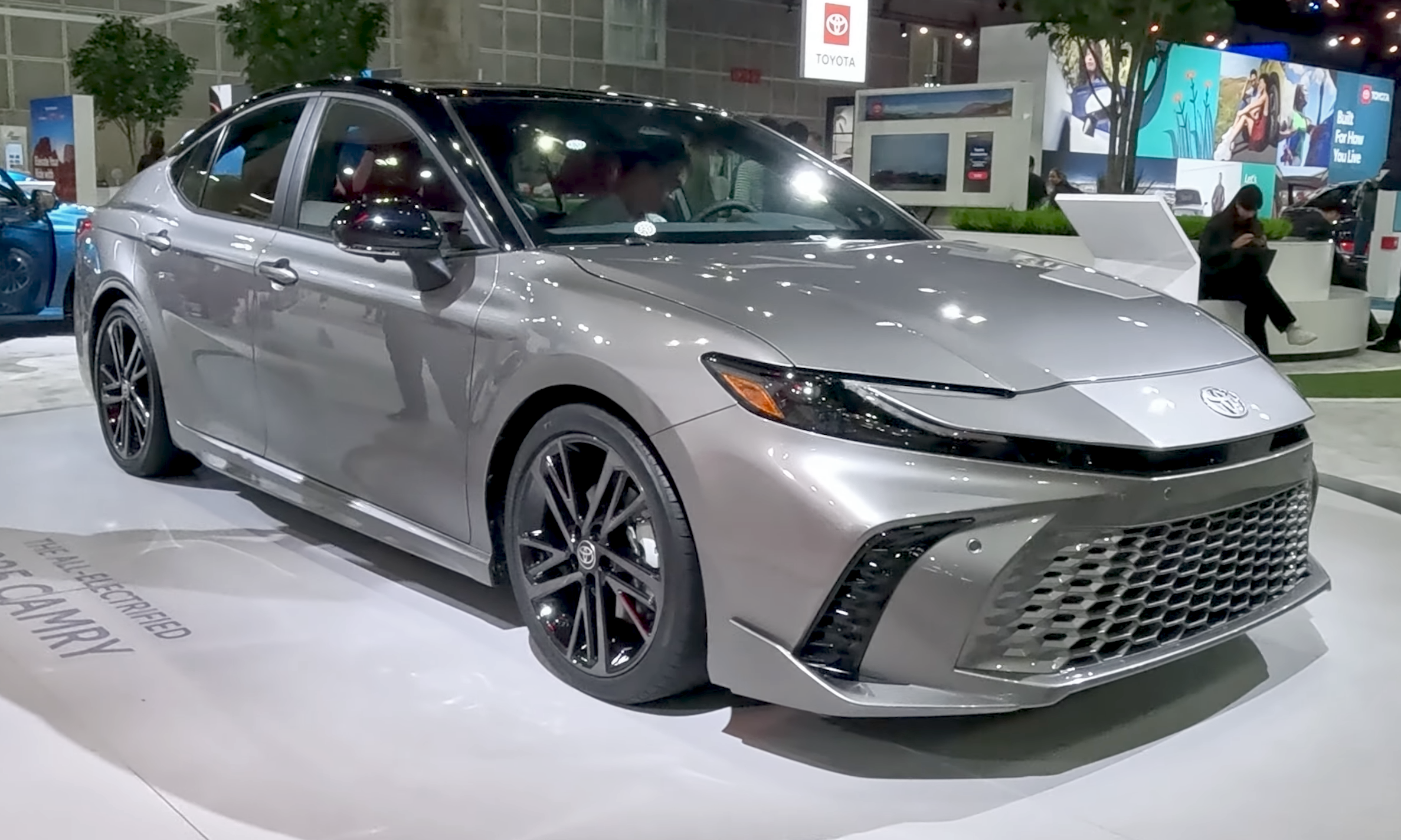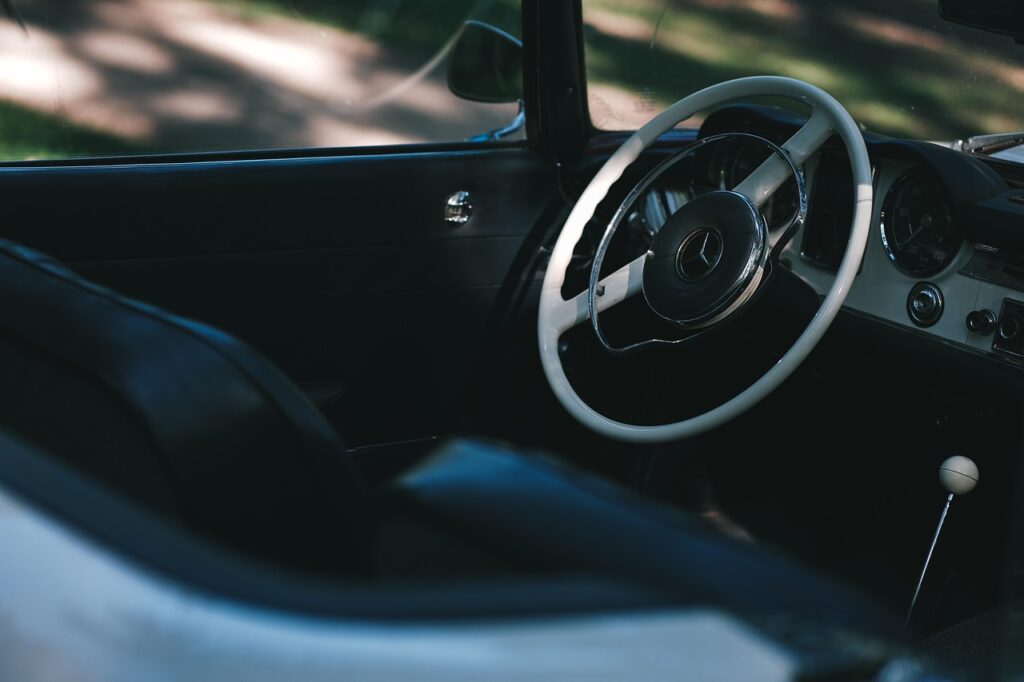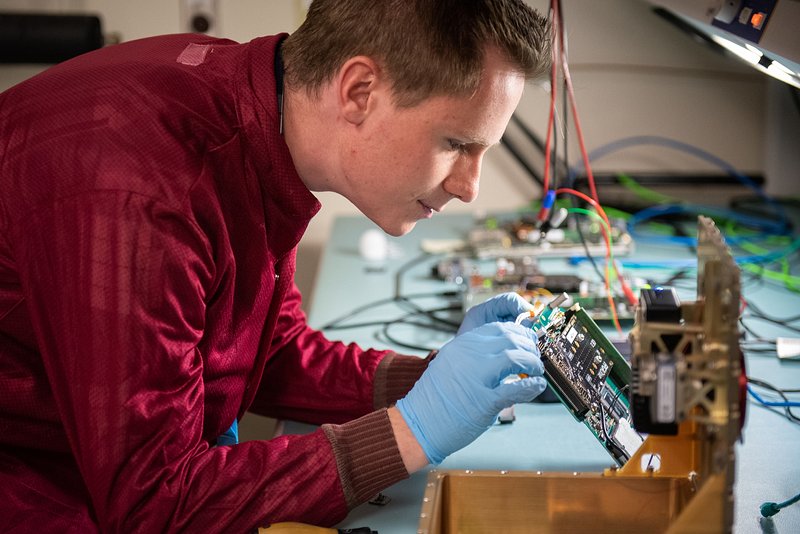
In the world of automotive purchases, there’s a quiet badge of honor that often goes undiscussed amidst the chatter of horsepower, fuel economy, and advanced infotainment systems: longevity. For many drivers, the ability of a vehicle to truly go the distance—mile after mile, year after year, without becoming a constant burden of major repairs or escalating maintenance bills—is the ultimate measure of its value. This enduring reliability represents not just a smart financial decision, but a symbol of mechanical excellence and trust, especially in an era where new car prices continue to climb.
Sedans have long served as the steadfast backbone of personal transportation, offering a well-rounded blend of practicality, efficiency, and comfort that appeals to millions. Unlike larger trucks or SUVs, which might offer more utility but often at the cost of fuel economy, sedans strike a harmonious balance ideal for daily commuting, family responsibilities, and leisurely weekend trips. They are dependable workhorses for countless individuals, designed to integrate seamlessly into everyday life without fuss or extravagance.
However, it’s a crucial truth that not all sedans are crafted with the same commitment to lasting performance. Some are the product of decades of meticulous refinement and thoughtful engineering, built from robust components with an eye towards enduring reliability. Others, unfortunately, are designed with a more fleeting appeal, prioritizing immediate showroom allure over the sustained, trouble-free ownership that consumers truly seek. Understanding this critical distinction is paramount for anyone looking to invest in a vehicle that can genuinely carry them to the impressive 300,000-kilometer milestone.
We understand that reaching the 300,000-kilometer mark isn’t merely about driving cautiously or adhering to a strict maintenance schedule, though these practices are undoubtedly vital. It primarily hinges on selecting a vehicle inherently designed for the long haul, one built with durable parts, intelligent engineering, and a proven track record of outperforming its competitors. This distinction is what truly separates a cherished, long-distance companion from a financially draining headache. In this comprehensive guide, drawing on observed patterns, industry insights, and real-world owner experiences, we will spotlight five sedans that have consistently demonstrated their prowess in delivering remarkable longevity.
These vehicles are true road warriors, proudly driven by their owners well into the high six-figure mileage range with little more than diligent routine care. They exemplify the pinnacle of the automotive industry’s commitment to durability and cost efficiency, representing wise investments for any consumer. We aim to provide you with a practical, unbiased understanding of which sedans are most likely to stand the test of time, offering the clarity every buyer needs before making such a significant purchase.

1. **Toyota Camry**Few vehicles in the automotive landscape have cultivated a reputation for unwavering dependability quite like the Toyota Camry. It has long been considered the gold standard for long-term reliability, a testament to Toyota’s deeply ingrained philosophy of engineering simplicity and precision. For decades, the Camry has consistently demonstrated remarkable resilience against common powertrain and electrical issues, making it a favorite among discerning drivers.
Its robust engines, particularly the efficient 2.5L four-cylinder and the formidable 3.5L V6, are renowned for their smooth and consistent performance, often running effortlessly well into the high six-figure mileage range. Complementing these engines are equally robust transmissions that continue to deliver seamless shifts even after many years of rigorous use, provided they receive basic fluid maintenance as recommended. This harmonious combination forms the bedrock of the Camry’s legendary durability.
The Camry also benefits significantly from a pragmatic, no-nonsense approach to integrating technology. While contemporary models have incorporated more advanced infotainment and driver assistance systems, Toyota has historically taken a conservative stance, sidestepping overly complex or unproven electronic systems that frequently become expensive failure points in other vehicles. This prudent engineering philosophy plays a crucial role in minimizing long-term problems associated with sensors, intricate wiring, and integrated modules, reinforcing the Camry’s reputation for being virtually bulletproof when properly cared for.
Owners who meticulously maintain their Camrys, ensuring regular oil changes, timely brake service, and diligent attention to the cooling system, frequently attest that their biggest challenge is simply getting bored with driving such a consistently reliable car for 15 years or more. This is, by all accounts, an enviable problem to have. Furthermore, these sedans exhibit strong resale values, particularly when supported by comprehensive service records, further solidifying the Camry’s status as a true champion of automotive endurance across all generations.

2. **Honda Accord**The Honda Accord stands as another formidable Japanese-engineered sedan that routinely surpasses the 300,000-mile mark with an impressive scarcity of major headaches. Celebrated for its engaging responsiveness, excellent fuel efficiency, and remarkably spacious interior, the Accord masterfully blends long-term durability with an enjoyable driving experience. Much like its Toyota counterpart, the Accord benefits from a rich lineage of high-quality, meticulously time-tested engineering that instills confidence in its longevity.
Its engines, such as the widely acclaimed 2.4L i-VTEC and the potent 3.0L V6, have consistently proven their enduring power, requiring minimal major repairs even after extensive use. Honda’s transmission reliability has also seen continuous improvement over the years; when maintained diligently, both modern Continuously Variable Transmissions (CVTs) and traditional automatics in Accords are more than capable of lasting well beyond the 250,000-mile threshold, providing smooth and consistent performance for hundreds of thousands of kilometers.
A significant advantage of the Accord is its accessible maintenance and affordability. Replacement parts are not only widely available but also reasonably priced, and a robust aftermarket community ensures that even older models can be serviced economically. Hondas are intelligently designed with accessibility in mind, meaning that crucial components like alternators, radiators, and timing belts can typically be replaced without incurring excessive labor costs. This translates directly into lower repair bills throughout the vehicle’s lifespan, substantially increasing its likelihood of reaching the coveted 300,000-kilometer milestone.
Accord owners are famously loyal, often citing the car’s consistent reliability and commendably low maintenance costs as primary motivators for owning multiple generations of the vehicle. These sedans also retain strong resale values, even when they accumulate higher mileage, further underscoring their enduring appeal. Routine maintenance, with particular attention paid to consistent oil changes, the health of the timing chain, and meticulous upkeep of the brake system, is typically all that’s required to keep these dependable sedans running with clockwork precision. The Accord truly excels by combining long-haul dependability with exceptional day-to-day practicality—a delicate balance that very few vehicles manage to achieve so successfully.

3. **Lexus ES**For those seeking the pinnacle of luxury seamlessly integrated with impressive longevity, the Lexus ES stands in a league of its own, proving exceptionally difficult to surpass. Drawing heavily from the time-tested and inherently reliable Toyota Camry platform, the ES naturally inherits Toyota’s renowned bulletproof engineering. However, it elevates this foundation with premium materials, a meticulously crafted interior, and an enviably quieter, more comfortable ride that defines luxury. This strategic formula has consistently yielded remarkable success, with numerous ES models—especially the highly regarded ES 300 and ES 350 variants—routinely soaring past the 300,000-mile mark.
Owners of even older ES sedans frequently report minimal issues beyond standard routine maintenance, and it’s notable how these aging luxury vehicles remarkably retain their sophisticated ride quality and the integrity of their plush interiors. One of the most outstanding attributes of the Lexus ES is its exceptionally smooth and remarkably durable powertrain. The 3.5L V6 engine, prominently featured in later generations, is particularly celebrated for its reliability, delivering an exquisite balance of power and impressive fuel efficiency.
Paired with an exquisitely refined automatic transmission and robust drivetrain components, this combination rarely succumbs to catastrophic failures, embodying Lexus’s commitment to engineering excellence. Furthermore, the car’s suspension system, meticulously engineered for ultimate comfort, demonstrates surprising resilience and durability over extensive long-term use, ensuring that the ES remains an absolute pleasure to drive even after years of dedicated service.
The Lexus ES is also powerfully supported by a comprehensive network of reputable dealers and an abundant supply of high-quality replacement parts, making ownership a reassuring experience. Its comparatively low ownership cost for a luxury vehicle positions it as a true standout within its competitive class. While some consumers might harbor reservations about acquiring older luxury sedans due to potential concerns about complex electronics, the ES deftly sidesteps many of these pitfalls by adhering to proven, conservative designs. It is the rare luxury car that impeccably delivers both opulent features and unparalleled reliability, firmly establishing itself as a premier choice for drivers aspiring to a 300,000-kilometer cruiser.

4. **Subaru Legacy**The Subaru Legacy, despite sometimes being overshadowed by its more mainstream sedan counterparts, is widely recognized by astute enthusiasts and practical drivers for its genuinely impressive staying power. Engineered with Subaru’s distinctive symmetrical all-wheel-drive system, the Legacy offers a unique blend of durability and practicality, proving particularly adept in regions characterized by challenging weather conditions. While earlier models did contend with some notorious head gasket issues, Subaru has conscientiously addressed these concerns over time, and more recent models, especially those equipped with the FB-series engines, have consistently demonstrated considerable dependability when subjected to proper maintenance.
Critically, the all-wheel-drive system, though inherently complex, is remarkably robust and rarely presents significant problems unless it is severely neglected. The Legacy’s entire drivetrain is meticulously engineered for longevity, featuring a horizontally opposed “boxer” engine that inherently provides a lower center of gravity and exceptionally smooth power delivery. While it is true that routine maintenance costs might be marginally higher compared to front-wheel-drive sedans, this slight trade-off is more than compensated by the enhanced safety and superior year-round traction, both of which contribute significantly to fewer accidents and a substantially prolonged vehicle lifespan.
Legacy owners who remain diligent with essential services such as regular oil changes, thorough coolant flushes, and timely timing belt replacements are frequently rewarded with impressive mileages that extend well into the 200,000-300,000 mile range. The car’s relatively understated styling and functional interior are designed to age gracefully, maintaining their appeal over time. Furthermore, the inherent mechanical simplicity of its robust drivetrain plays a crucial role in helping it avoid the common pitfalls often associated with more technologically aggressive competitors. For individuals who demand a truly dependable daily driver capable of thriving in snow, ice, and rain while effortlessly accumulating high kilometers, the Subaru Legacy unequivocally stands out as a genuine hidden gem.

5. **Mazda6 (Pre-2014 Models)**The Mazda6, specifically models produced from the early 2000s up to 2013, has quietly garnered a dedicated following among both passionate car enthusiasts and pragmatic everyday drivers. Celebrated for its remarkably sporty handling dynamics and elegantly sleek design, the Mazda6 also delivers outstandingly in terms of long-term reliability. The four-cylinder MZR engine, in particular, has earned a reputation as an indefatigable workhorse, capable of enduring hundreds of thousands of miles with very few complaints from its owners. When this robust engine is coupled with a manual transmission, the Mazda6 truly transforms into a rare and highly desirable blend of exceptional durability and engaging driving pleasure—a sedan that is concurrently both thrilling to drive and eminently functional for daily life.
In contrast to many of its contemporary peers, the Mazda6 maintains a relatively straightforward engine layout that skillfully avoids overcomplicating maintenance procedures. Routine services, such as fundamental oil changes, essential spark plug replacements, and critical timing belt inspections, are refreshingly direct and manageable, which significantly contributes to keeping labor costs commendably low throughout the vehicle’s lifespan. Additionally, during these specific model years, Mazda judiciously refrained from implementing overly aggressive or untested technological rollouts, a decision that wisely reduced the number of potential failure points within the car’s intricate electrical and infotainment systems. As a direct consequence of this thoughtful engineering approach, these older Mazda6 sedans are known to age with remarkable grace, skillfully sidestepping many of the persistent mechanical and electrical gremlins that often plague other aging sedans.
While it is true that rust can become a concern in certain climates, particularly for some of the earlier models, owners who proactively maintain the bodywork and stay ahead of any potential corrosion can confidently expect their Mazda6 to run reliably well into the 300,000-mile range. It is unequivocally a car that richly rewards diligent and attentive owners with both impressive longevity and consistent driving pleasure. For those discerning individuals who are actively seeking a reliable, genuinely engaging sedan that will not impose exorbitant costs to keep on the road for the long term, the Mazda6, especially a well-maintained used example from this era, unquestionably remains a very strong and compelling contender.

6. **Chrysler 200**The Chrysler 200 was launched with significant ambitions, aiming to carve out a niche in the fiercely competitive mid-size sedan market. However, its trajectory quickly shifted from promising to problematic, losing favor among both consumers and critics due to a range of persistent reliability issues. For buyers prioritizing long-term vehicle longevity, the Chrysler 200 unfortunately proved to be a model fraught with potential financial and mechanical burdens.
A major source of frustration for owners stemmed from its problematic powertrains, encompassing both the 2.4L four-cylinder engine and an underwhelming available V6. More notably, the 9-speed automatic transmission, particularly in later models, gained notoriety for its erratic behavior, including jerky shifts, significant delays, and, in numerous documented cases, complete failure. These transmission faults frequently occurred well before owners could reasonably expect major component replacements.
Beyond the powertrain, electrical gremlins were a common complaint, manifesting as random warning lights, malfunctioning power windows, and consistent issues with the infotainment system. The interior quality also received criticism for its inconsistency, leading to premature wear, persistent dashboard rattles, and failures in critical climate control components. Such widespread issues significantly undermined the vehicle’s perceived value and reliability from a consumer advocacy standpoint.
Unlike vehicles designed for the long haul, the Chrysler 200 tended to deteriorate rapidly without meticulous care. Even with diligent maintenance, many owners encountered a series of mid-life mechanical failures, from unexpected engine stalling to faulty suspension components. Coupled with its discontinued status, diminishing parts availability, and rising repair costs, the Chrysler 200 struggled to justify ownership past 150,000 kilometers, let alone aspire to the 300,000-kilometer benchmark, making it a model best avoided for worry-free, long-term dependability.




